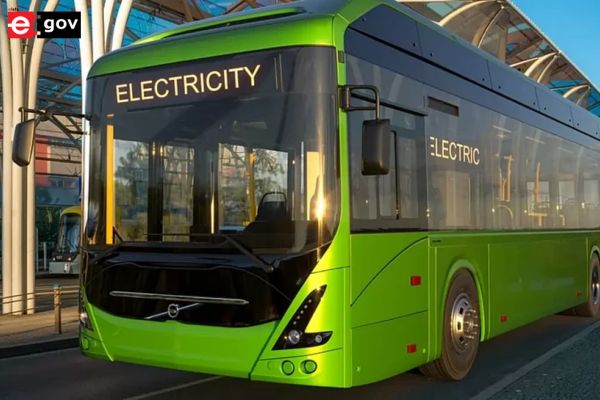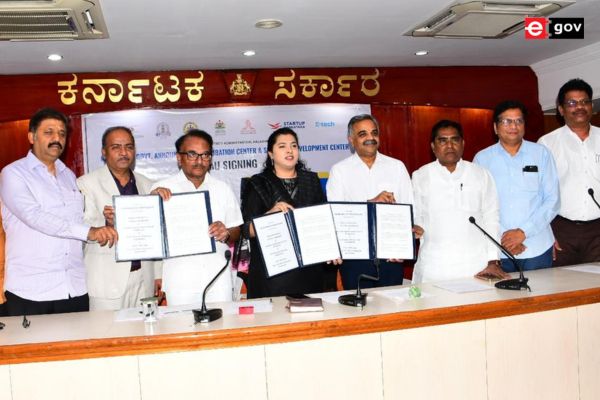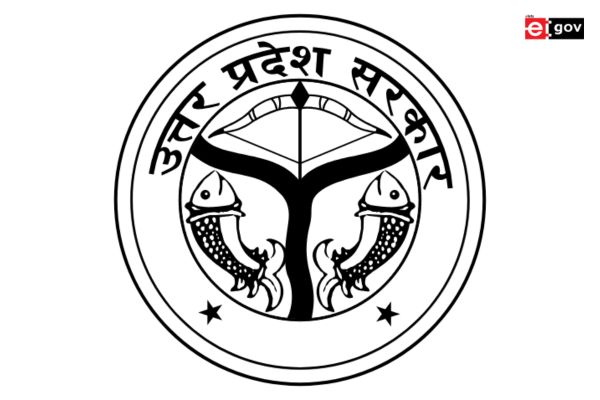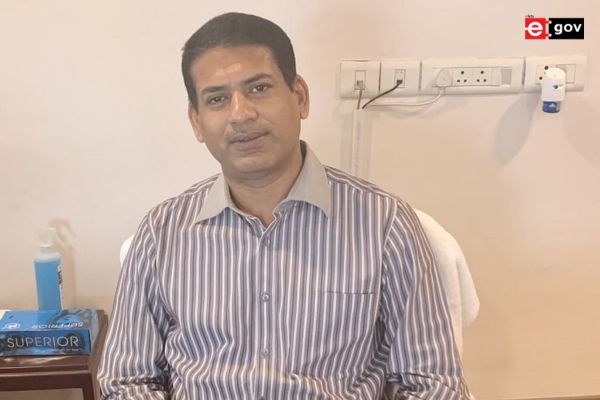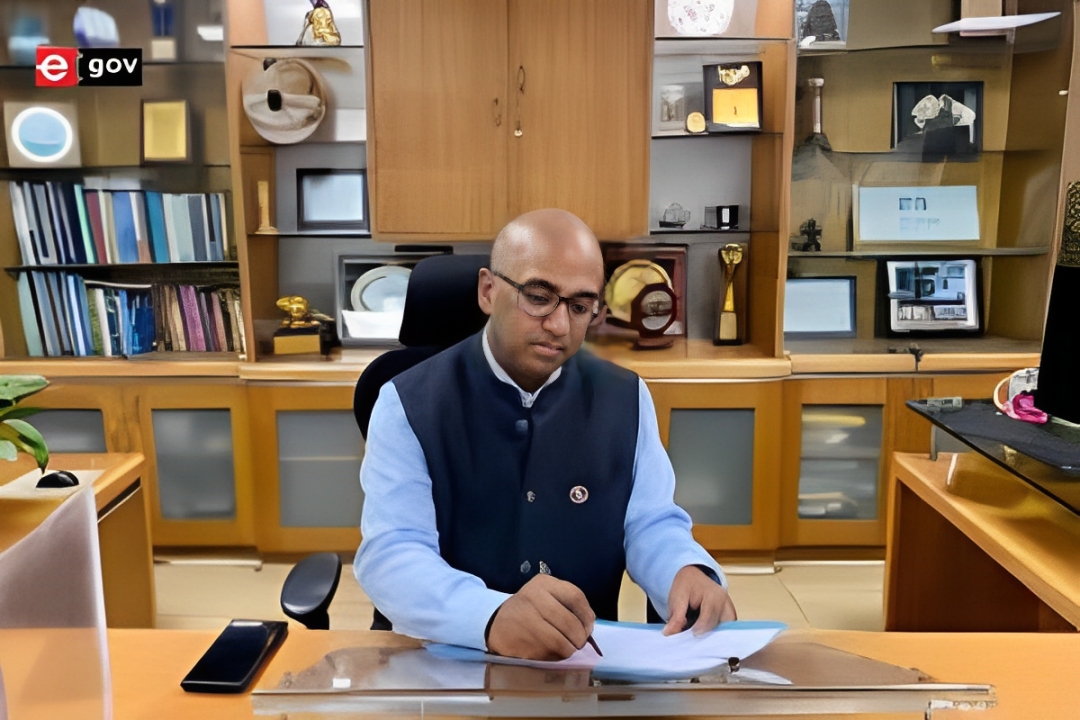
The Union Cabinet has approved a 2% increase in Dearness Allowance (DA) for central government employees, raising it from 53% to 55% of their basic pay. This decision, aimed at providing relief against inflation, will also apply to Dearness Relief (DR) for pensioners. Government employees and pensioners will receive arrears for January and February along with their March 2025 salaries.
Impact of DA Hike
The periodic revision of DA, which occurs every six months, has a significant impact on employees’ overall earnings. Apart from directly increasing salaries, the DA hike also influences other allowances such as House Rent Allowance (HRA) and Travel Allowance (TA). The next DA revision is expected in November 2025, which will be applicable retrospectively from July 2025.

This will mark the final revision under the 7th Pay Commission, as the 8th Pay Commission, announced earlier this year, is set to be implemented from January 2026. DA plays a crucial role in adjusting employees’ earnings to keep pace with inflation, making it a key salary component.

Will DA be Merged with Basic Pay Before the 8th Pay Commission?

A longstanding question among employees is whether DA will be merged with basic pay before the implementation of the 8th Pay Commission. Historically, under the 5th Pay Commission, DA was merged with basic pay once it exceeded 50%. However, this practice was discontinued in subsequent pay commissions.
Legal experts indicate that no official confirmation has been provided regarding such a merger. “At present, there is no government decision on merging DA with basic pay under the 8th Pay Commission,” said Alay Razvi, Managing Partner at Accord Juris. Similarly, the Minister of State for Finance recently clarified in the Rajya Sabha that there are no immediate plans to merge DA with basic pay.
The Role of the AICPI in DA Calculation
The calculation of DA is primarily based on the All India Consumer Price Index for Industrial Workers (AICPI-IW), which is maintained by the Labour Bureau. The index is revised periodically to reflect inflation trends, and the base year for calculations is currently set at 2016.
Experts believe there is a strong possibility of the base year being revised under the 8th Pay Commission to better align with economic changes. “Any changes in DA calculation methodology will depend on the recommendations of the 8th Pay Commission and subsequent government approval,” said Monika Tanna, Partner at Singhania & Co.
Also Read | Cabinet Approves ₹23,000 Crore PLI Scheme to Boost Electronics Component Manufacturing
Supreme Court Advocate Sandeep Bajaj also emphasized that any potential revisions, such as merging DA with basic pay or adjusting the base year, remain speculative until formal policy decisions are announced.
PLI Scheme for Electronics Component Manufacturing
In addition to the DA hike, the Cabinet has also approved a Production Linked Incentive (PLI) scheme for the electronics sector. This scheme aims to boost domestic manufacturing, reduce import dependency, and strengthen India’s position in the global electronics supply chain.
The PLI initiative is expected to attract investments, create jobs, and drive technological advancements in the sector. More details regarding eligibility criteria, incentives, and implementation timelines are anticipated in the coming weeks.
Be a part of Elets Collaborative Initiatives. Join Us for Upcoming Events and explore business opportunities. Like us on Facebook , connect with us on LinkedIn and follow us on Twitter, Instagram.
"Exciting news! Elets technomedia is now on WhatsApp Channels Subscribe today by clicking the link and stay updated with the latest insights!" Click here!







